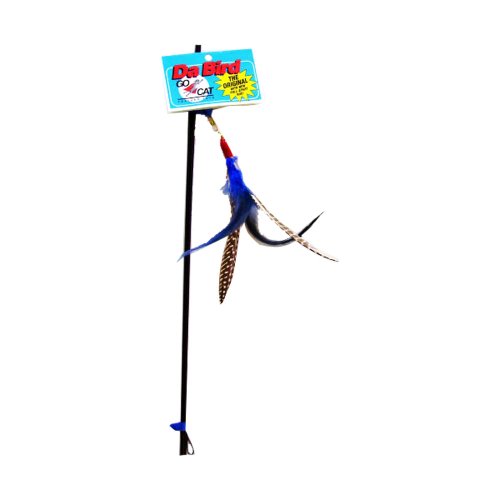
Iris atrophy refers to the degeneration of the iris, the colored part of the eye that surround the black center (or the pupil). This medical condition can affect cats of all ages and breeds, but appears to be more common in cats with blue irises. There is also a secondary type that is due to chronic inflammation or high intraocular pressure resulting from glaucoma.
Vision is not usually affected by iris atrophy, but there may be some sensitivity to light. Other typical symptoms associated with this of disorder include:
Your veterinarian will perform a thorough physical and ophthalmological exam on your cat. The initial goal will be to differentiate iris atrophy from congenital iris anomalies, as there are a variety of other eye issues that can be the cause of the symptoms, such as ris aplasia (failure of the iris to develop normally), iris hypoplasia (underdevelopment or incomplete development of the iris), iris coloboma (a complete, full-thickness area of lack of development of all layers of the iris), and polycoria (when more than one pupil is present in a single iris within the animal's eye, each with the apparent ability to constrict).
Iris atrophy is not reversible, so much of the treatment is designed to target the underlying disease that has caused it, or to halt the progression of the disease.
Due to the nature of this medical condition, it is possible that it will continue to progress as your cat ages.
 Heart Attack in Cats
Myocardial Infarction in Cats
Much like in humans
Heart Attack in Cats
Myocardial Infarction in Cats
Much like in humans
 Dangerous House Plants for Cats
Dangerous House Plants for Cats
Danger
Dangerous House Plants for Cats
Dangerous House Plants for Cats
Danger
 How To Get Your Cat To Shut Up During The Night
Nothing is more grating than
How To Get Your Cat To Shut Up During The Night
Nothing is more grating than
 Destructive Behavior in Cats
It is normal for cats to scratch things. They do
Destructive Behavior in Cats
It is normal for cats to scratch things. They do
 Excess Calcium in the Blood in Cats
Hypercalcemia in Cats
Hypercalcemia is characteri
Excess Calcium in the Blood in Cats
Hypercalcemia in Cats
Hypercalcemia is characteri
Copyright © 2005-2016 Pet Information All Rights Reserved
Contact us: www162date@outlook.com